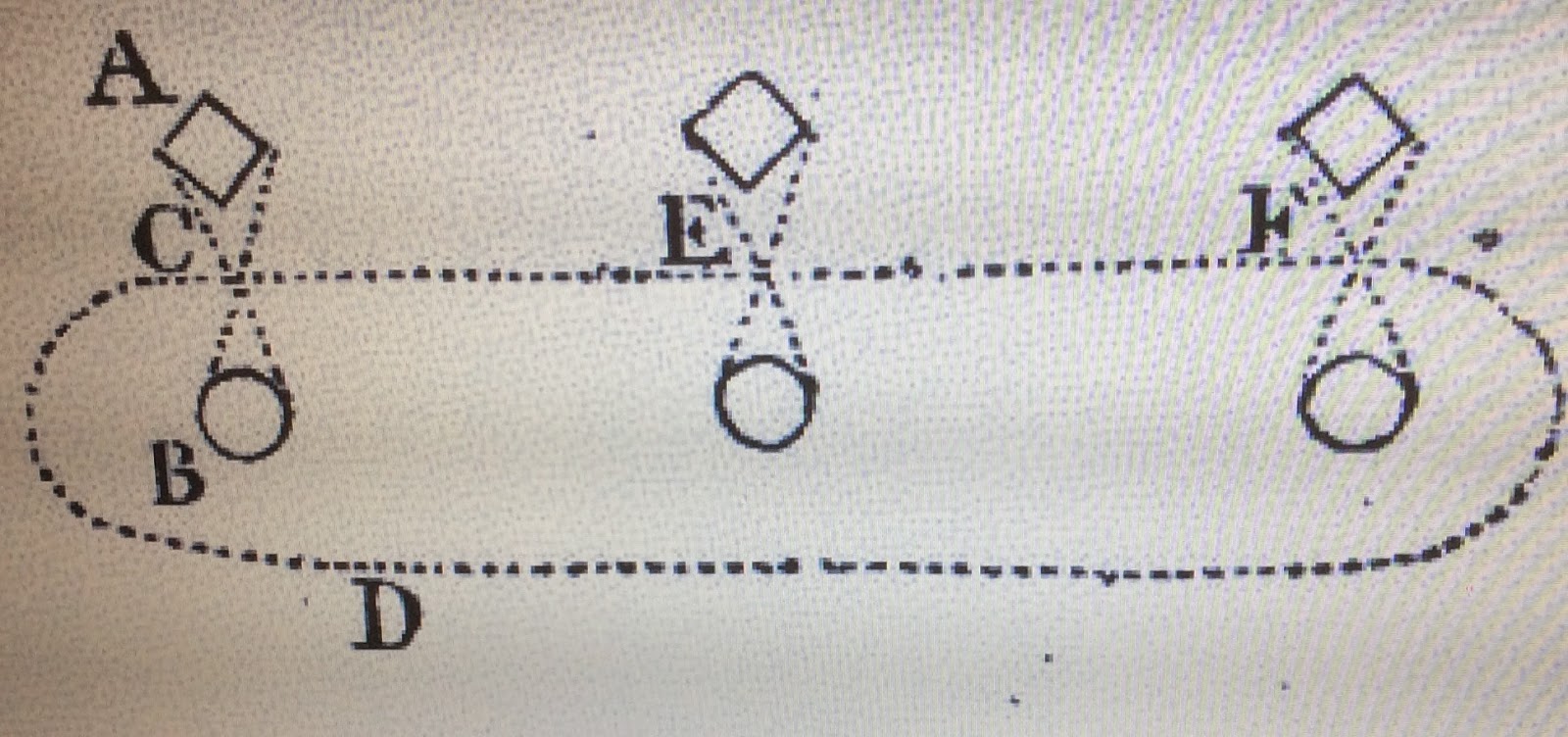You often hear people referring to Georgian Dance or Baroque Dance or Regency Dance or Jane Austen Dancing.
The Georgian period covers some 116 years from 1714 to 1830 some writers also talk of the long eighteenth century as being anything up to1660 to 1830. The Baroque period is more difficult to pin down as it refers to a style rather than a period but authorities seem to agree it that in terms of music, certainly in England, it refers to a period from about 1600 to 1750. The Regency, i.e. when Prince George was actually Regent, ran from 1812 to 1820 however people frequently apply the term from much earlier than this as the Prince of Wales influence on fashion and style began to grow from about the time of the Regency Crisis of 1788 and some run the period up to the Prince's death as George IV in 1830.
References to Jane Austen dancing are even more confusing as far as we know Jane Austen attended her first ball in Basingstoke Town Hall in 1792 at the age of 16, she seems to have attended her first Bath Assembly in 1797 and many of her novels also seem to be set in the 1790's. However, most of the films of Austen novels seem to be set much later, usually around the date of publication i.e. 1811 - 1817 but often use dances and dance music from much earlier such as Mister Beveridge's Maggot which has its origins in Playford's publications of the late 17th Century.
This blog tries to avoid much of this by referring to the dancing of particular decades within the long Eighteen century.
Friday 27 February 2015
Sunday 22 February 2015
Two figures from the 1820s
Lead Down the Middle and through the Top Couple
couple, and take the situation of the Lady and Gentleman at C D. who move up to A B; this is performed with the side Step down the middle and up, and through the top to places, with three Chasse, Jette. and Assemble, eight bars.
Promenade
The Lady and Gentleman at A B cross hands before, that is, the Gentleman takes the right and left hands of the Lady with his right and left hands, (the right. hand must he placed uppermost;) the second and third couple do the same; then the whole three couples pass round in the line D to their places at C E F, the top couple at C taking the lead. This is performed with seven Chasses one Jette and Assemble, and requires eight bars.
N. B. The old method of promenading was by the Lady and Gentleman crossing their hands behind their backs, which. if not well performed, produces an inelegant effect, and is much more
laborious, and less graceful, than the above method, which the author introduced some years ago and is now generally followed.
From Thomas Wilson's "The Complete System of English Country Dancing"
Thursday 19 February 2015
Early depictions of the Quadrille

 Dancing the quadrille. Detail from a series of illustrations from about 1821 attributed to William Hawkes Smith of Birmingham satirising the craze for the quadrille in the late Georgian period.
Dancing the quadrille. Detail from a series of illustrations from about 1821 attributed to William Hawkes Smith of Birmingham satirising the craze for the quadrille in the late Georgian period.The quadrille was introduced in France around 1760: originally it was a form of cotillion in which only two couples were used, but two more couples were eventually added to form the sides of a square. The "quadrille des contredanses" was now a lively dance with four couples, arranged in the shape of a square, each couple facing the center. One pair was called the "head" couple, the adjacent pairs the "side" couples. A dance figure was often performed first by the head couple and then repeated by the side couples.
Reaching English high society around in the early part of the nineteenth century the quadrille became a craze. As it became ever more popular it evolved into forms that used elements of the waltz, including The Caledonians and The Lancers.
Writing in 1815 the London Dancing Master Thomas Wilson says: "Quadrilles are of that Species of Dancing that at present claim a high precedence in Fashionable Circles ' and from their partaking greatly bf the style of Cotillions in their Composition may notwithstanding their more fashionable appellation and their more short and less complex Figures be properly considered as petit (sic) or short Cotillions."
By the time of these illustrations although there was an enormous amount of quadrille music the form of the dance had settled down as consisting five parts named:
- Le Pantalon ("Trousers")
- L’été ("Summer")
- La Poule (The Hen")
- La Pastourelle ("The Shepherd Girl")
- Finale
For the most part, the figures and steps of each of the parts remained the same whatever music was being used. However, some publishers, notably the Whites of Bath used dancing teachers to create new choreography which they offered as an alternative to the standard set.
Subscribe to:
Posts (Atom)



